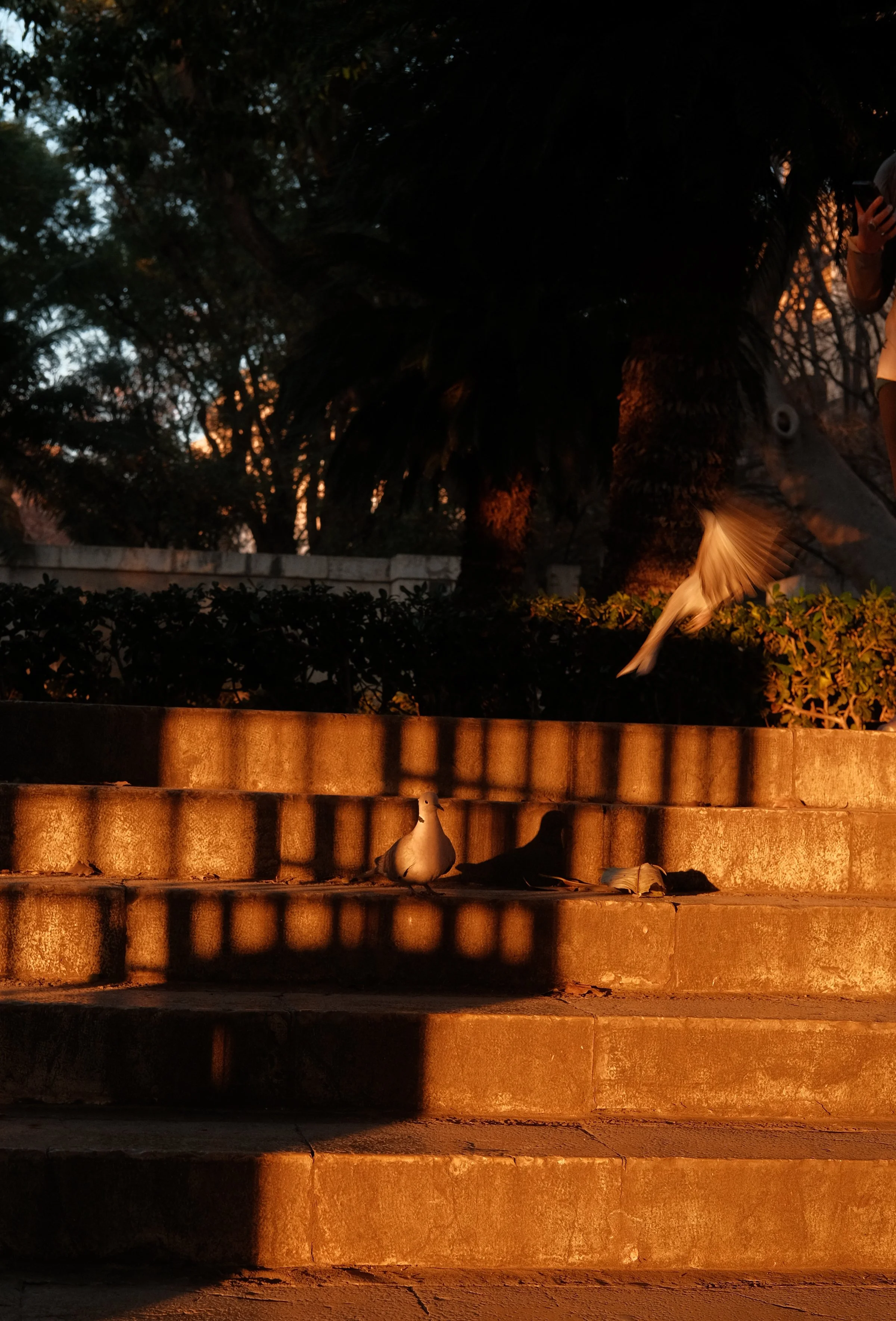Kodachrome on the Fujifilm X-T30: My Vibrant Film Simulation Recipe for Vintage WARM Colors
One of my all-time favorite analog films has to be Kodachrome 64. Originally introduced by Kodak in 1935, Kodachrome quickly became famous for its vibrant colors, fine grain, and unbeatable archival stability. It was such a game-changer that it basically set the gold standard for color photography for decades. In fact, some of the most iconic National Geographic covers were shot on Kodachrome, and legendary photographers like Steve McCurry adored it for its rich, punchy tones.
But, as digital photography took off and sales slumped, Kodak sadly stopped producing Kodachrome in 2009, prompting a mad rush among photographers to get their last rolls processed before the labs shut down a year later. It was truly the end of an era in color film history.
As a nod to this legendary film stock, I decided to hunt for a Kodachrome-inspired recipe to use in my Fujifilm X-T30, so I could get that classic warmth and vibrancy straight out of the camera. After tinkering with the in-camera film simulation settings, I finally landed on a look that reminds me of those timeless Kodachrome slides.
One of my signature traits is a cozy warmth in my images, so I’ve bumped up the white balance quite a bit for this one. If you plan on trying this recipe yourself, I suggest playing around with the white balance—and the red and blue shifts in particular—to customize it to your liking. That way, you can dial in just the right mood for your shots.
Stay tuned for the full breakdown of my Kodachrome-inspired recipe below—and if you give it a shot, definitely let me know what you think!
Kodachome Film Recipe - Alia Edition
Film simulation: Classic Chrome
Dynamic range: 100
Grain effect: Weak
Color chrome effect: Strong
White Balance 6300 K
Highlight tone: +2
Shadow tone: -2
Color: +3
Sharpness: -1
Noise Reduction: -3






